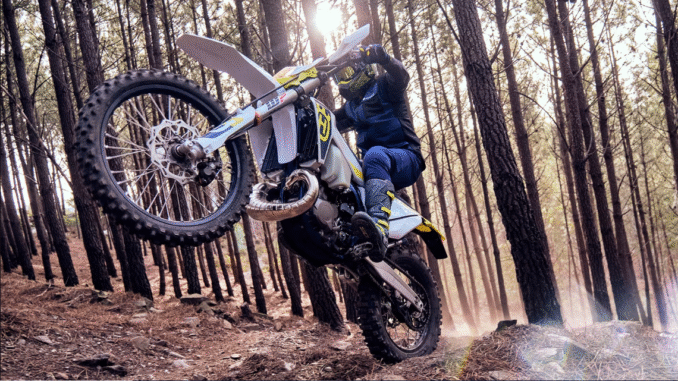
But let’s first get all the negatives out the way first. Two-stroke motorcycles have all their power way up in the rev range (otherwise known as the power band), making them harder to control. They’re louder than four-strokes and that can be a problem in urban areas where stricter noise ordinances can be found. They’re certainly less fuel efficient due to the loss of gas in the simplified firing process, and that’s why you don’t find too many two-stroke motorcycles being sold for use on the streets or in urban environments. But, make no mistake, they do still make brand-new versions, and the technology has come a long way.
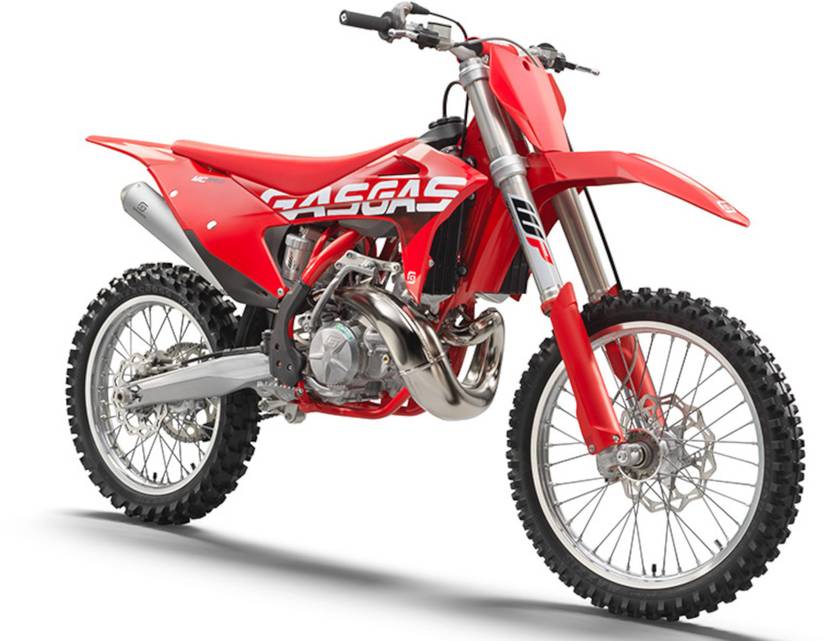
Advanced New Two-Stroke Models
If you crave that two-stroke experience but don’t want the bike to shatter into a million pieces in the first corner of the dirt track, you’ll be happy to know that you don’t have to settle for your dad’s ancient Yamaha DT-1. Sure it’s a classic, but unreliable drum brakes, outdated suspension and a useless headlight might ruin what could be an otherwise fantastic day in the woods. There are a handful of major manufactures that still make two-strokes, and they’ve kept up with the times.
KTM has the 250 SX with adjustable suspension, electronic fuel injection and an electric start. The GasGas MC 250 has Brembo Hydraulic Clutch, integrated cooling system and adjustable upside down forks. And the good folks at Yamaha produce the only current Japanese two-stroke bike with the YZ250. It is liquid-cooled and has adjustable handlebar clamp and clutch lever, and there are plenty more models available from the likes of Husqvarna, TM Racing and Beta. Depending on where you live, if you set a goal of getting that perfect off-road weapon for yourself, there just may be a modern two-stroke option for sale near you
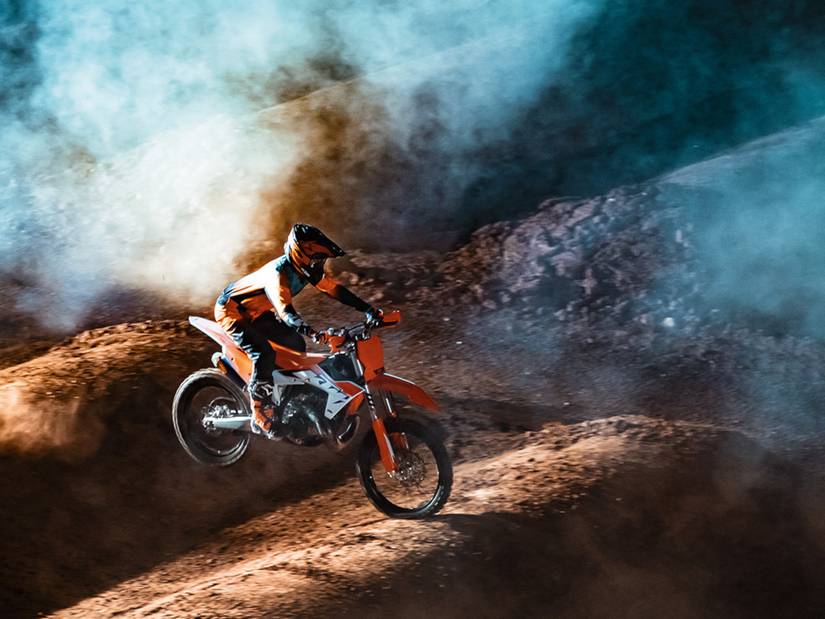
Faster Than A Four-Stroke
There are other, much more in-depth, guides on the differences between two-stroke and four-stroke engines, but the long and the short of it is that the two-stroke engine completes a firing cycle much quicker. It fires on every revolution of the crank, as opposed to every second revolution for a four-stroke engine. But what does that mean for the rider, really?
It’s pretty simple. When you combine the lighter weight of the motorcycle with the quicker firing of the engine, the power to weight ratio is increased, making the two-stroke motorcycle that much faster than a four-stroke bike of the same size. It’s no wonder professional motocross and enduro racers prefer these machines. Having a lighter, faster motorcycle could ultimately mean the difference between winning the race and not reaching the podium at all.
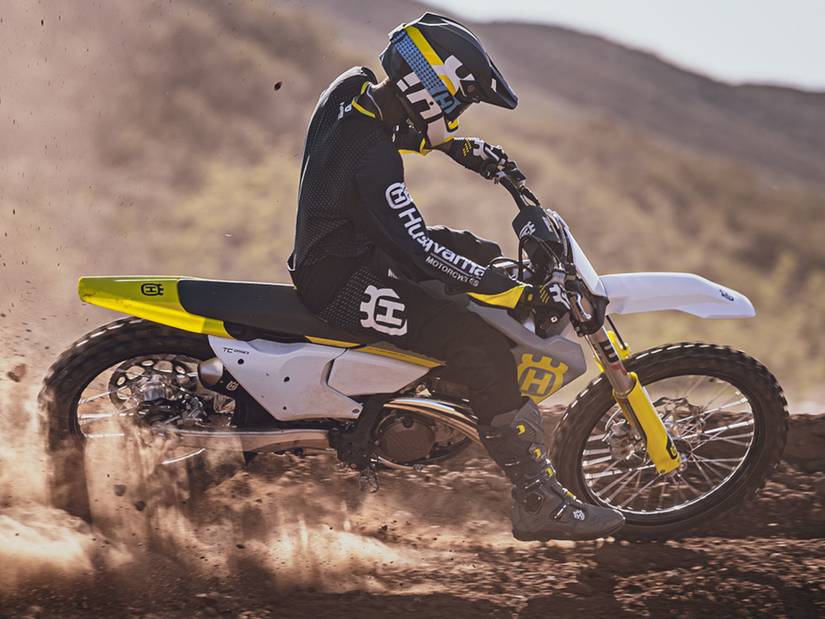
When A Two-Stroke Falls In The Forest Does It Make A Sound?
Benefits Of Their Lighter Weight
Weight is consistently mentioned as a reason for why beginners and smaller riders may feel intimidated about off-road riding. Four-strokes are generally heavier machines due to the much more complicated nature of the engine architecture. Two-strokes are simpler machines, by comparison, and tend to have lighter overall weights. That makes them perfect beginner bikes, within reason, because picking them up off dirt, sand or grass is just a little bit easier. The light weight, along with the ability to ride off-road, also makes it attractive as a starter bike for those who want to learn how to ride but are not too keen on falling on hard asphalt. As we all know, dirt is practically a pillow compared to cement.
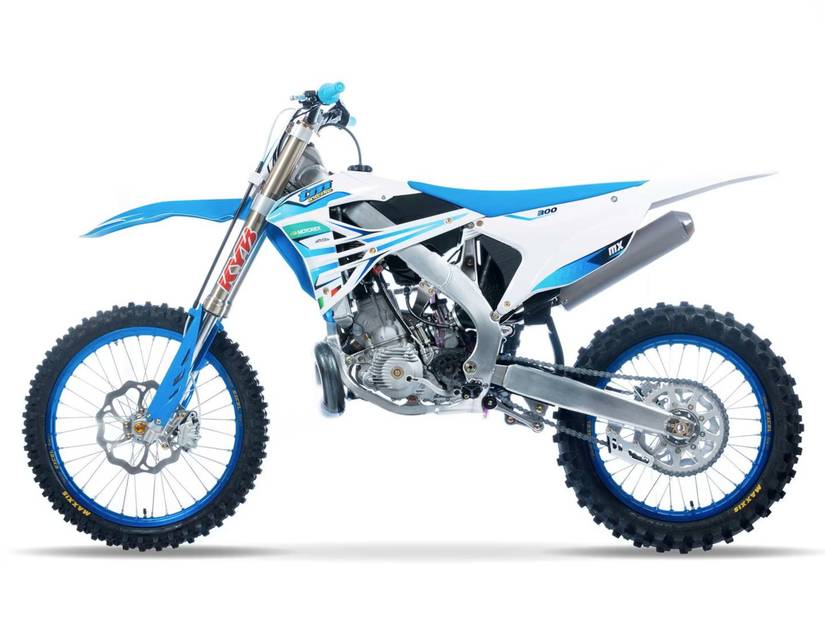
The world of two-strokes has a long rich history, on and off the pavement. Patented all the way back in 1904, the two-stroke engine eventually came in many different configurations and layouts. It was, and still is, much lighter than the competing four-stroke engine. It’s also much faster and easier to maintain. Though it has its drawbacks, like the much higher level of noise, greater pollutant output and lower fuel efficiency, it’s still, very much the go-to motorcycle for off-road professionals, enthusiasts and beginner riders alike. And although the heydays of riding one through the city streets are long gone, newer and better two-strokes are still being produced for the off-road market by many major manufacturers to this day.
Leave a Reply